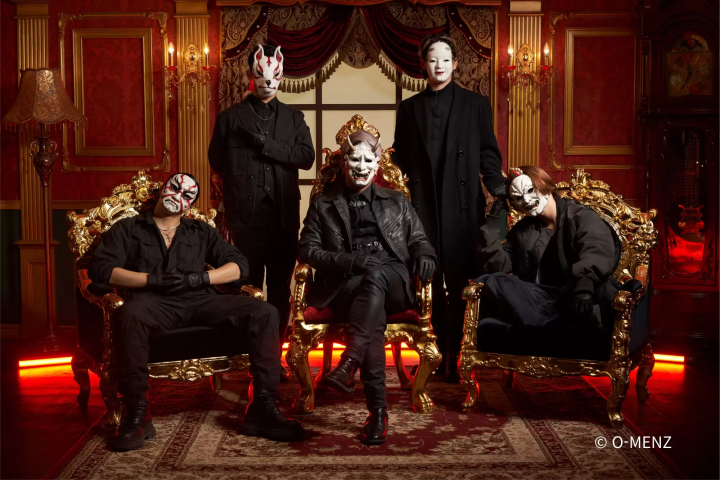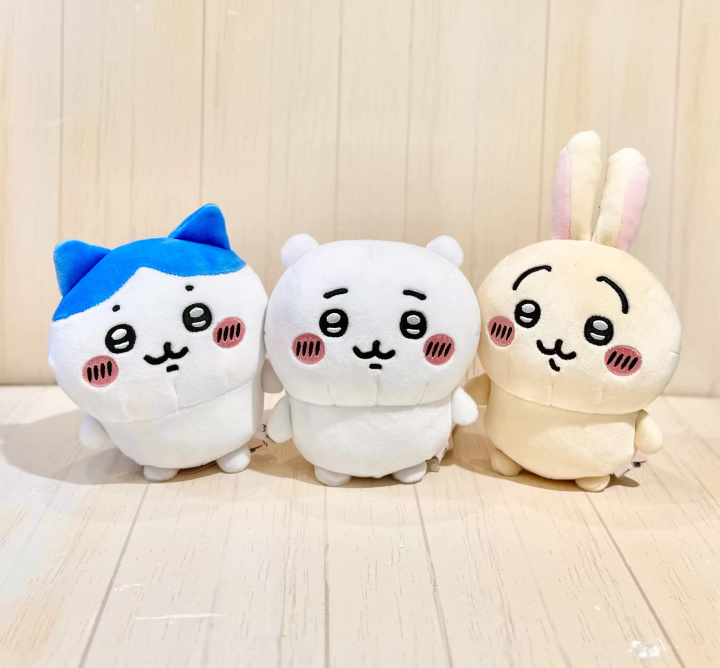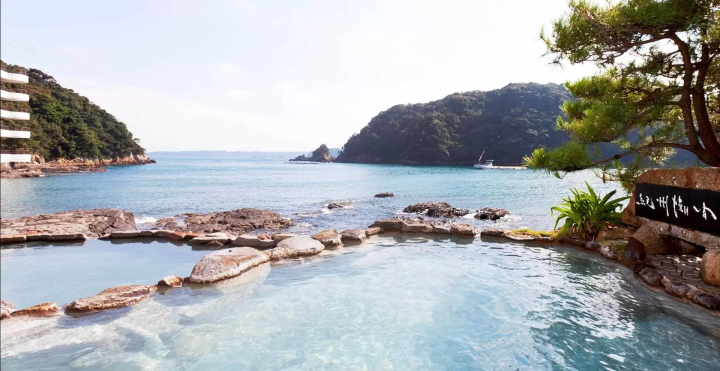"Kuroki" is a popular restaurant in Asakusa, Tokyo, where you can enjoy high-quality ramen

Japan is known as a sacred place for ramen, and one place you should definitely visit is "Kuroki" in Asakusa, Tokyo. Located between Asakusa and Akihabara, which are popular tourist destinations among foreign visitors, you can enjoy unique ramen based on the concept of high quality and authenticity.
-
Table of Contents
- What is "Kuroki"?
- Access to "Kuroki"
- A bowl of ramen made with the utmost care
- When in doubt, try this! Delicious "Shio Soba"
- Enjoy our hidden specialty, "Shumai"!
- Ordering Method and Manners
- A word from the owner
What is "Kuroki"?

Located between Asakusa and Akihabara, two popular tourist destinations for foreign visitors, the ramen shop "Kuroki" is a super famous restaurant that has a steady stream of repeat customers not only from Tokyo but from all over Japan and overseas.
Since opening in 2011, the restaurant has won the Michelin Tokyo Bib Gourmand award for two consecutive years, in 2017 and 2018.
You can enjoy one-of-a-kind ramen based on the concept of "high quality and authenticity" and based on the owner's diverse experience in Japanese, Italian, and French cuisine.
Access to "Kuroki"
"Kuroki" is located in Asakusabashi, between Asakusa and Akihabara in Tokyo , which are popular tourist destinations among foreign visitors.
It is easily accessible, about 10 minutes by train from Sensoji Temple , 5 minutes by train from Akihabara Station , and a 2-minute walk from the nearest Asakusabashi Station .
You can easily drop in between sightseeing.
A bowl of ramen made with the utmost care
Born and raised in Tokyo, he pursues ramen that is familiar to everyone.
Pursuing absolute deliciousness, the owner Kuroki says, "I aim to make a bowl of ramen that will make customers say 'delicious' without even realizing it." I think it's because of the foundations he has built up over the ramen he grew up eating that he has been able to create ramen that is loved by everyone. Kuroki believes there are seven basic types of ramen, and he creates his products based on the composition of noodles and soup, followed by oil (fat), green vegetables (leafy vegetables), green onions, bamboo shoots, and pork.
When you get to this stage, it feels more like a food item than just a food ingredient.
His job is to meet with ingredients and producers from all over Japan, understand their thoughts, and create a bowl of ramen.
The soup is made with Tanba Jidori chicken, Koshu Jidori chicken, and Iwate duck. The green onions are from Kujo leeks in Kyoto... and the concept is to use up all the ingredients, even the skin and stems.

"Soy sauce soba" that has been accumulated since the days of "Murasaki Kuroki"

In order to make the soy sauce soba more palatable, the chef is particular about how the condiments are cut, using cubes of the white part of the Kujo leek, rather than white leek or round slices. He is also particular about how he makes his char siu pork, devising ways to seal in the juices after cooking. He also uses leftover Kujo leek for the meatballs, and is particular about not wasting food while making efforts to make sure that customers can enjoy a bowl of ramen.
Carefully crafted tableware, lotus flowers, and chopsticks

Because "the bowl is more beautiful when viewed from the side," the bowl is first placed on the counter for customers to look at. Kuroki's style is to let customers feel the rounded silhouette that fits snugly in both hands and place the bowl in the best position for them.
When they moved, they also changed all of their tableware. Because Kuroki's original bowls have a wide opening, if they use a short spoon, the bowl may get soaked in the soup, so they walked around looking for a slightly larger spoon. They thought it would be a shame if the delicious ramen was replaced with the memory of "the spoon was too short." This is another detail they take to ensure that customers don't get stressed out.

↑When comparing the two, you can see that it is about three times larger.

↑The chopsticks are also 20mm longer than standard size, making them easier to hold.
Mr. Kuroki's thoughtfulness and consideration for his customers is evident in the way he thinks about everything from the perspective of the food, without cutting corners, to make the food easy to eat and allow customers to concentrate on tasting it without feeling stressed.
When in doubt, try this! Delicious "Shio Soba"
If you're having trouble deciding which one to choose, why not start by trying the owner's recommended "Shio Soba" ?
When you do, we recommend you try the hand -kneaded noodles .
Shio soba is said to be difficult to make because it is so simple. But this is an excellent dish packed with the attention to detail of owner Kuroki, which completely dispels that notion.

The tomato catches your eye in the upper left. This little bit of red makes the bowl look more vibrant.
The seven basic dishes consist of noodles, chicken broth, duck fat, shredded Kujo leek, roasted pork, meatballs, and bamboo shoot tips.
The way the spring onions are cut varies depending on the ramen. Ginger paste and fresh black pepper are added as condiments, and it is recommended to enjoy changing the flavor as you eat by combining the delicious flavors that seep out from the ramen.
I also love that the tomato gives a refreshing palate cleanser. After that, you can feel the umami, sweetness, and depth of the soup even more.

Enjoy our hidden specialty, "Shumai"!
If you want to try something other than ramen, why not try the specialty "shumai" that most people order?
These shumai are made with just minced pork and onions, and are large and filling. They are topped with shredded ginger as a condiment, and are served with a special sauce made from black vinegar and soy sauce, and mustard. They are simple yet so delicious you won't be able to stop eating them.

Ordering Method and Manners
Here we will introduce how to order and etiquette.
How to line up and points to note
1. Line up at the back.
2. Line up once everyone is present.
3. Don't interrupt.
4. Do not block the entrances of other shops or homes.
5. Don't spread out too much on the road. Line up in a straight line.
When a seat is ready, a staff member will call you in order, so please wait in line until then.
Please follow the rules so that everyone can have a good time.
There are two main ways to order at ramen restaurants in Japan: buying a ticket from a machine called a ticket vending machine, or looking at the menu and ordering verbally.
Important points to note
If you order from the ticket machine, hand the ticket to the staff before sitting down and they will guide you to your seat. If you order verbally, you will be guided to your seat and you can order after you sit down.
At Kuroki, you order through the ticket machine. Now, let's take a look at how to order through the ticket machine.
[How to order at the ticket machine]
It's very easy to use, just choose the product and insert the displayed amount into the ticket machine to purchase . *Cash only.
However, many places do not accept high-value bills such as 5,000-yen or 10,000-yen notes, so in that case you will need to ask the store clerk to exchange your money. The types of bills that can be used are often written around the bill slot, so be sure to check.
Also, if you can't decide what to eat, here's a recommended method: order from the menu on the "top left" of the ticket machine.
It's a good idea to remember that the restaurant's popular and basic menu items are often placed in the upper left corner of the ticket machine.
A word from the owner
"Kuroki" is committed to serving high quality and authentic Ramen.
We put our heart and soul into creating a bowl of ramen using ingredients that our producers have grown with care. "Every action we take is for a delicious bowl of ramen." We will continue to pursue the ultimate ramen and create bowls that will inspire new experiences.
If you are ever in Tokyo, please come and visit "Kuroki."

Store holidays and business hours
[Business hours] 11:30 - 15:00
[Store closed day] Sunday
[Access] 2 minutes walk from the east exit of Asakusabashi Station on the JR Chuo-Sobu local line, 2 minutes walk from Asakusabashi Station on the Toei Asakusa line (Keihin Kyuko and Keisei Electric Railways are connected), 72m from Asakusabashi Station
"I want to spread the culture of women being able to eat ramen alone." With that thought in mind, she started eating out 20 years ago. She is a ramen-loving woman who has traveled to all 47 prefectures and eats more than 600 bowls a year. While there are many male ramen freaks, she is also known for her ramen life, which includes working as a TV personality and maintaining her figure. She organized "Ramen Girls' Gathering," renting out popular ramen shops, and in 2015 held the "1st Ramen Girls Expo" at the Yokohama Red Brick Warehouse. The event, which brings together popular shops from all over the country, was later held in Osaka, Nagoya, Tokyo, Kumamoto, and Shizuoka, attracting a total of approximately 750,000 people. In 2018, she founded Ramen Switch Co., Ltd. and released the world's first ramen jewelry brand, "ZURU+.". She produced and published "NOODLE SAKE -Spring, Autumn, Winter-" and "Rice and Agave Ramen-only Craft Sake," and "Tokyo Ramen Collection" (Shobunsha).
The contents on this page may partially contain automatic translation.



































![[JR KYUSHU HOTEL Blossom Oita] A hotel directly connected to Oita Station - A comprehensive guide to access!](https://resources.matcha-jp.com/resize/720x2000/2025/10/23-247814.webp)
